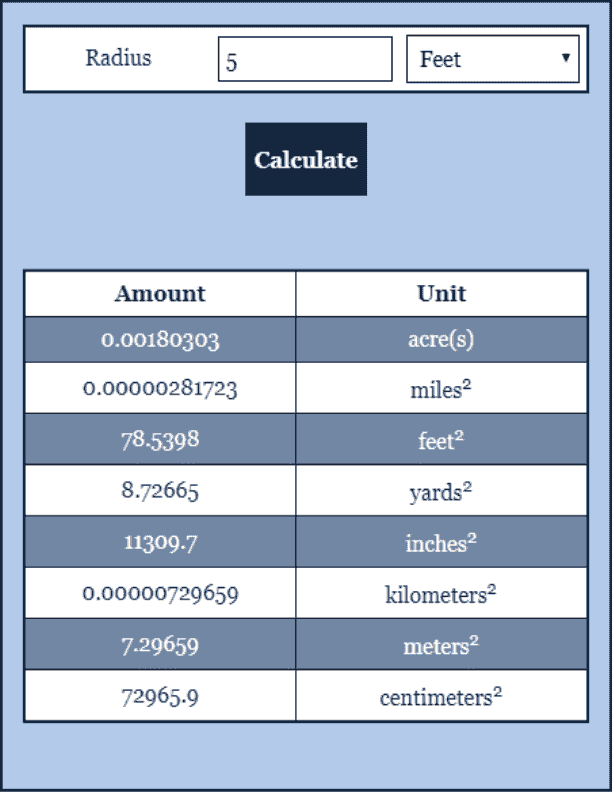
Many geodesy purposes (if not for astronomy). This makes the simpler law of cosines a reasonable 1-line alternative to the haversine formula for ( Note that the geodetic form of the law of cosines is rearranged from theĬanonical one so that the latitude can be used directly, rather than the Gives well-conditioned results down to distances as small as a few metres on the earth’s surface. By my estimate, with this precision,Ĭosines formula (cos c = cos a cos b + sin a sin b cos C) Numbers, which provide 15 significant figures of precision. In fact, JavaScript (and most modern computers & languages) use ‘IEEE 754’ 64-bit floating-point

Little to no benefit is obtained by factoring out common terms probably the JIT compiler

Using Chrome on an aging Core i5 PC, a distance calculation takes aroundĢ – 5 microseconds (hence around 200,000 – 500,000 per second). (including protection against rounding errors). If atan2 is not available, c could be calculated Magazine in 1984 (“Virtues of the Haversine”): Sinnott explained that the angular separationīetween Mizar and Alcor in Ursa Major – 0☁1′49.69″ – could be accurately calculated in Basic on aįor the curious, c is the angular distance in radians, and a is the square of half Once widely used by navigators, it was described by Roger Sinnott in ‘half-versed-sine’ is (1−cosθ)/2 or sin²(θ/2) as used above. Particularly well-conditioned for numerical computation even at small distances’ – unlike Multiplications) saved navigators from squaring sines, computing square roots,Įtc – arduous and error-prone activities. Haversine/inverse-haversine (and its logarithm, to aid Also, the sin²(θ/2) form of the haversine avoided addition (which entailedĪn anti-log lookup, the addition, and a log lookup). (real) log of a negative number, the ‘versine’ enabled them to keep trig functions in The height of technology for navigator’s calculations used to be log tables. Latitude/longitude in radians – having found that mixing degrees & radians is often the Note in these scripts, I generally use lat/lon for latitude/longitude in degrees, and φ/λ for

Note that angles need to be in radians to pass to trig functions!Ĭonst φ1 = lat1 * Math.PI/180 // φ, λ in radiansĬonst a = Math.sin(Δφ/2) * Math.sin(Δφ/2) +Ĭonst c = 2 * Math.atan2(Math.sqrt(a), Math.sqrt(1-a)) Φ is latitude, λ is longitude, R is earth’s radius (mean radius = 6,371km) Points – that is, the shortest distance over the earth’s surface – giving an ‘as-the-crow-flies’ĭistance between the points (ignoring any hills they fly over, of course!). This uses the ‘ haversine’ formula to calculate the great-circle distance between two

Great-circle distance between two pointsĮnter the co-ordinates into the text boxes to try out the calculations. Most purposes… [In fact, the earth is very slightly ellipsoidal using a spherical model gives This page presents a variety of calculations for latitude/longitude points, with the formulas andĪll these formulas are for calculations on the basis of a spherical earth (ignoring ellipsoidalĮffects) – which is accurate enough * for Calculate distance and bearing between two Latitude/Longitude points using haversine formula in JavaScript Movable Type ScriptsĬalculate distance, bearing and more between Latitude/Longitude points


 0 kommentar(er)
0 kommentar(er)
